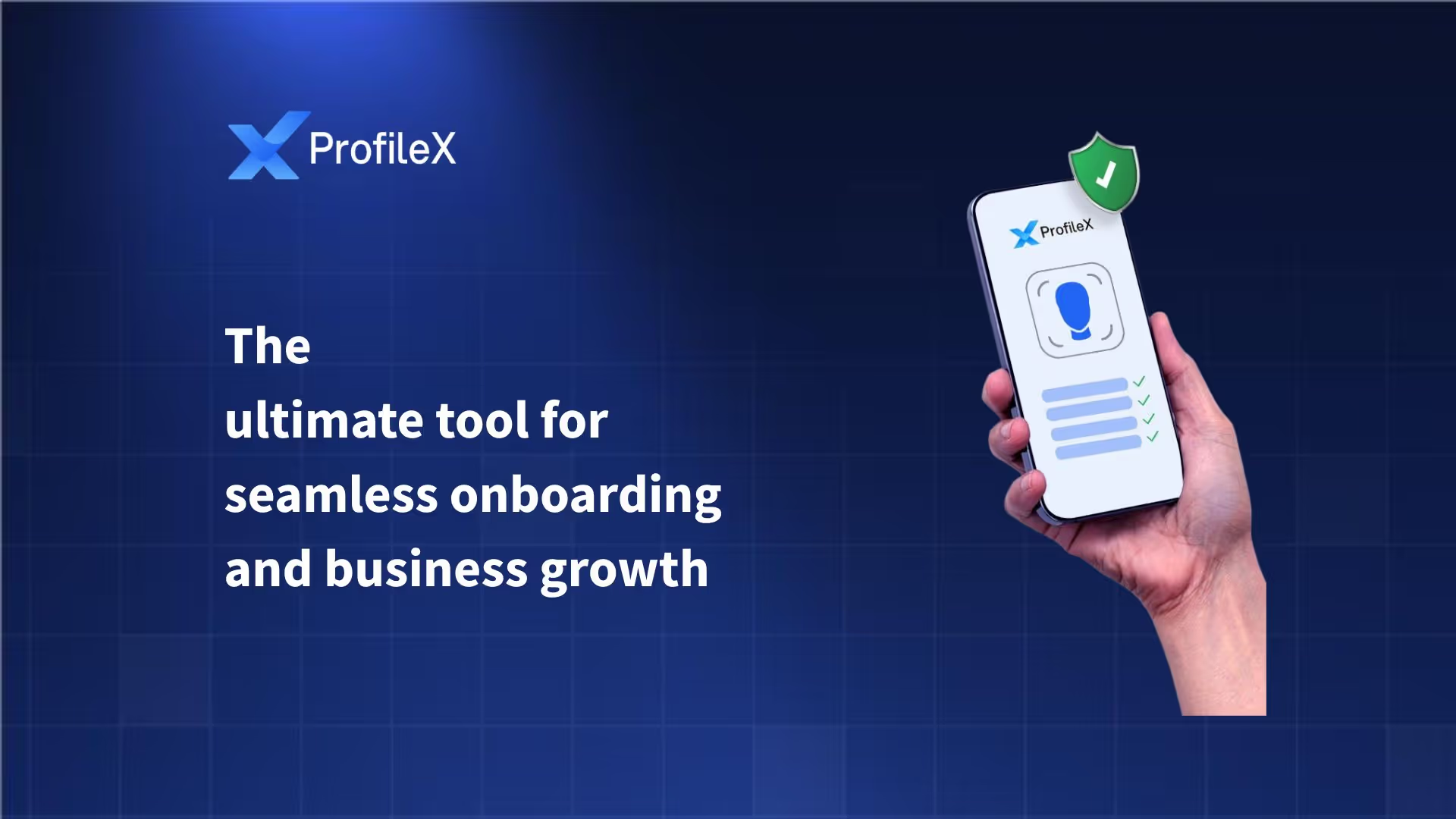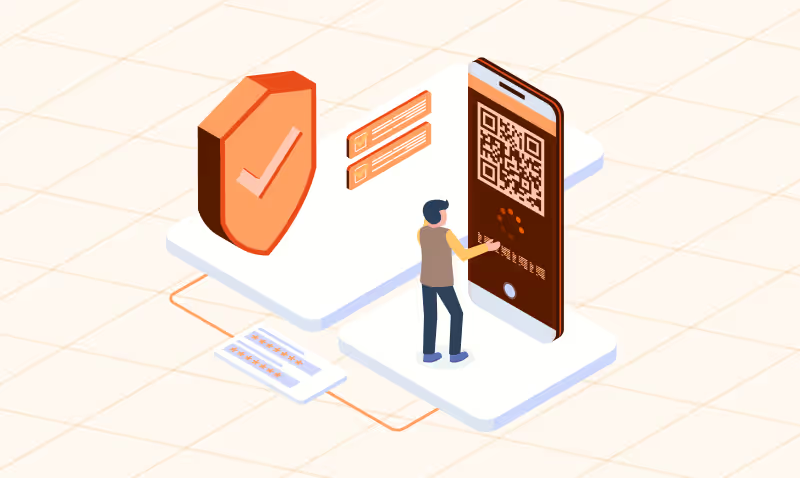Imagine never needing to chase payments or worry about late fees again. Customers often forget due dates for credit card bills or subscriptions, which can negatively impact your business’ cash flow. However, with auto debit, these issues are a thing of the past.
The volume of digital payments made across India have surged, with the total valuation rising from Rs. 2071 crore in FY18 to Rs. 13,462 crore in FY23. Auto debit transactions have been a key driver behind this and are used extensively for making seamless recurring payments. Curious about how auto debit works and why it’s essential for your business? Let’s explore!
What is Auto Debit?
Auto debit is a payment facility issued by debit/credit card providers where funds are deducted from your bank account on a recurring basis.
Whether it's loan repayments, subscription fees, or utility bills, this facility lets you automatically transfer funds on a fixed date every month or year. This is one of the most convenient and hassle-free payment forms as you do not have to worry about the strain of missed EMI’s and can ensure proper cash flows.
It also eliminates the administrative burden of issuing reminders and manually collecting payments.
How Does the Auto Debit Facility Work?
With auto debits, you give permission to a company to collect payments directly from your bank account. You activate the auto debit facility through your bank’s website or application. Once activated, you can set the standard instructions for payment. The payment deductions take place without One-Time Passwords (OTPs) on the scheduled date.
However, to avoid any payment interruptions or possible overdraft charges, you’ll need to ensure that your bank has sufficient balance for a successful transaction deducted automatically.
You can also adjust payment dates or set a maximum limit for debits, providing flexibility in managing your finances.
How Are Automatic Debit Payments Different From Bill Pay?
Be Cautious About Sharing Bank Account Information
When it comes to managing your bank account or conducting business or transactions with other entities, safety is typically a major concern.
In FY24, the Reserve Bank of India (RBI) reported bank frauds amounting to more than 139.3 billion Indian rupees. Thus, the importance of safeguarding your bank account information cannot be overstated.
To safeguard your account, consider these steps before providing authorization:
Verify The Company
Before you provide your bank information, verifying the legitimacy of the entity you are dealing with is essential.
You can start by researching the company by checking out its website, reviews, and business registrations. Additionally, when sharing information with them online, look for secure data transmission, such as Secure Sockets Layer (SSL) certification.
Know Your Rights
You have the right to protect and decide how your financial information is used. Be aware of your rights under regulations like the Information Technology Act (IT Act) and the Digital Personal Data Protection Act (DPDPA). Neokred’s Blutic platform helps you stay ahead of the DPDPA act’s compliance requirements. You can seamlessly manage user consent lifecycles, build user trust with transparent data collection declaration, and get free guidance on data collection and retention plans. Your bank may also offer fraud protection services to safeguard your transactions.
Monitor Account Balances
Ensure you have enough balance in your account before authorizing payments. While some banks offer overdraft facilities, they usually come with significant fees. Similarly, if your account lacks sufficient funds, you may incur an NSF (Non-Sufficient Funds) fee. Regularly monitor your account balances to avoid these unnecessary charges.
Review Your Agreement and its Terms
Before authorizing a payment, read the fine print and understand all the terms and conditions related to recurring payments and how your bank account information will be used. It’s important to understand how you can stop payments or cancel agreements as well.
E-Mandates and Auto Debit Card Payments
E-mandate is a digital payment service introduced by the RBI and the National Payments Corporation of India (NCPI). It allows individuals and businesses to authorize recurring payments from bank accounts.
With e-mandates, customers and businesses can seamlessly manage recurring payments such as SIPs, loans, insurance premiums, etc. as this system eliminates the need for manual labor, paperwork, constant reminders, and late payment charges.
For automatic debit card payments, e-mandates allow you to link your debit card to a merchant and authorize them to deduct fixed or variable amounts of money on a recurring basis. The maximum limit for a transaction via debit card e-mandate is Rs. 15,000. For amounts above that, OTP authentication will be required. In this case, the maximum single transaction limit is Rs. 1 Lakh.
Key RBI Guidelines for Auto Debit Transactions
On October 1, 2021, the RBI announced new guidelines for auto debit transactions to control recurring payments made through debit cards, credit cards, and other prepaid methods. They were also established to ease transaction processes for customers and businesses and to protect them from online frauds.
Here are some key highlights to keep in mind:
Informing Customers in Advance
Banks are mandated to notify customers of recurring payments 24 hours before the due date. After receiving confirmation from the customer, banks can proceed with the transaction.
Additional Factor Authentication for Transactions above Rs. 15,000
Additional Factor Authentication (AFA) adds an extra layer of security to prevent unauthorized users from accessing your accounts. Once customers receive a pre-debit alert from their banks for recurring payments above Rs. 15,000, they will have to approve the transaction through an AFA in the form of OTPs.
Customers have the option to complete transactions of higher amounts such as insurance premiums or education fees without the need for approval via OTP.
Implementing One-Time Registration
Under the new guidelines, customers are only required to register once, after which they can conduct recurring transactions without an AFA. They can also specify the amount and validity period for subsequent transactions during the registration process.
Providing Opt-Out Options
Customers now have the option to opt-out of any transaction. They are also allowed to view, modify or cancel auto debit payment transactions from their accounts if they cannot make a payment on time.
How to Initiate a Direct Debit from Your Bank Account?
Direct debit is a way of collecting recurring payments directly from your customer’s bank accounts and this form of payment collection is highly advised as it is efficient, cheaper, and offers you higher control in managing your cash flows.
Here’s how to get started:
Step 1: Contact Your Bank
The first step is to get in touch with your bank and let them know that you’d like to join the direct debit scheme.
By verifying a few factors such as your company’s administrative capabilities and financial situation, the bank will decide whether you are eligible to accept direct debits.
Step 2: Choose a Direct Debit Company
The next step is to pick a payment aggregator or a payment service provider to process the payments received. You can choose a suitable platform considering several factors such as pricing, scalability, software interface, ease of use, and customer service provided.
Integration with your accounting software is also another key feature to look into, which is where Neokred shines at - it streamlines payment processing and management giving you maximum convenience and security in the processes.
Step 3: Get Direct Debit Mandates From Your Customers
Once you’re all set up with your bank and payment provider, you can start collecting payments from your customers.
However, before that, you’ll need to acquire a Direct Debit Instruction (DDI). This document, signed by the customer, authorizes you to collect payments from their bank and it will be valid until it is canceled.
What are the Benefits of Autopay Options?
Autopay options are highly convenient for customers as they can set up auto-payments for their rent, cable, mortgages, to name a few.
Based on the initial authorization and payment details issued by the customer, businesses can automatically charge their customers every month for the services they provide.
Similar to customers, businesses also benefit from automatic payments. See how:
Offers Maximum Time Savings
Manually collecting payments or sending frequent follow-ups to your customers can be cumbersome and time consuming for your Accounts Receivable team. But when payments are set on auto-pilot, the administrative burdens of your A/R team are significantly reduced.
Enhances Customer Satisfaction
Put yourself in the customer’s shoes—late fees and repeated follow-up calls for overdue payments can be frustrating. As a business owner, it’s important to recognize that constant reminders and late payment notices could strain your customer relationships. Auto-payments solve this issue by allowing customers to enter their payment details once and authorize future transactions, removing the hassle of missed payments.
Provides Consistent Revenue
When billing your customers on an automated basis, you consistently receive payments as per the predetermined billing date. That means no waiting around for your customers to make a payment or to send them a follow-up. Since these payments are processed immediately, your business is more liquid. You can fast-track payment processing further with Neokred’s intelligent scheduling that clears the queue of pending payments to avoid any delays.
Promotes Increased Spending
According to a study conducted by Duke University, it was found that both residential and commercial customers increased electricity usage after switching to auto-payments. Although this may seem strange and highly debatable, automatic payments could encourage customers to spend more, assuming they aren’t too concerned about how much they spend on a regular basis.
For example, if you have an OTT-based subscription service, your customers may be willing to upgrade to a higher tier so their family members or friends can also access it.
The Bottom Line
Auto debit simplifies payment processing, allowing businesses to focus on growth rather than chasing down invoices. Whether it’s subscriptions or regular bills, auto debit can keep your cash flow stable and reduce administrative headaches.
Neokred makes auto debits easier with multiple early payment options, automated payment reminders, and real-time payment confirmations. To know more about our platform’s capabilities, contact us today!
Conclusion
FAQs
Auto debit payments are more convenient and ensure payments are made on time and in full. However, there’s always a risk of insufficient balance and unauthorized access to your account.
You can turn off auto debit transactions in the settings via online banking or mobile apps. If the option isn’t available, you can contact the company debiting your account or notify your bank and request them to stop auto debits.
Automatically debited means that a payment is automatically withdrawn from your bank account on a recurring basis. Such payments include subscription fees, loan repayments, insurance premiums, etc.
Most banks offer auto debit facility for free, or for a negligible charge.





